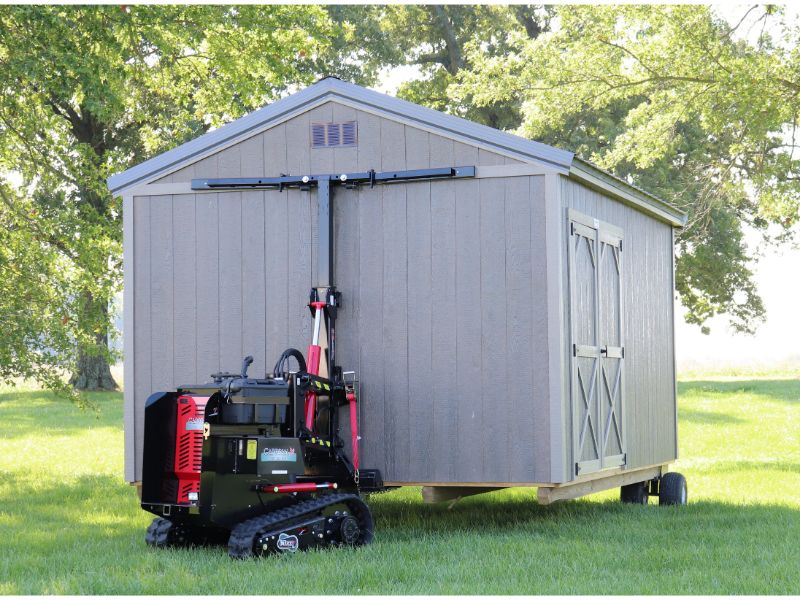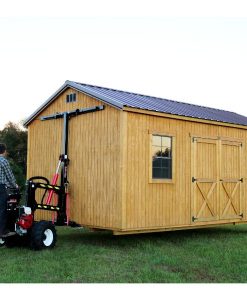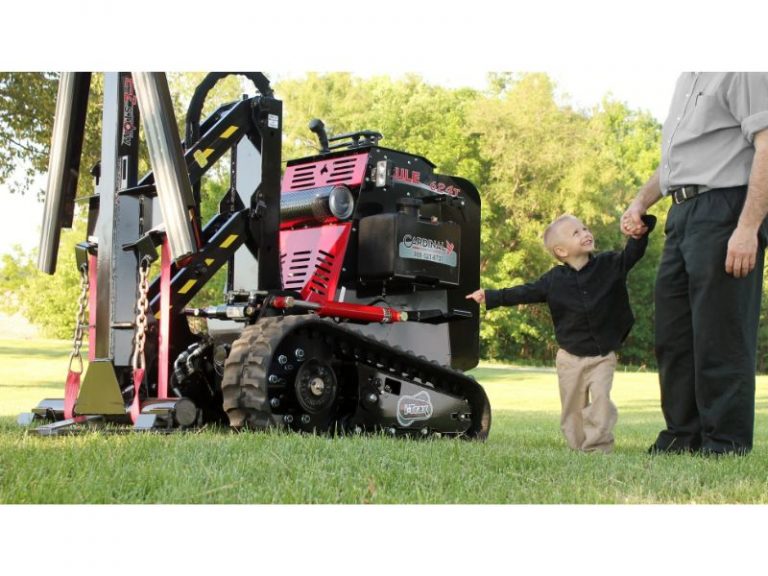
- #Mule shed mover how to#
- #Mule shed mover install#
- #Mule shed mover windows#
#Mule shed mover windows#
Secure the doors and the windows by nailing wooden planks diagonally across the openings. Unless you have a few people to help you push the shed up onto a flatbed lorry, it’s practically impossible to lift the storage building safely without dismantling it. This method is more suitable for moving your garden shed from one spot in your backyard to another. Along with getting a few tools, you will have to rent a forklift for this method. Unfortunately, it’ll still cost some money to move your shed, even if you’re not going to dismantle it. If you don’t have the time to disassemble your storage shed, you can use one of the following techniques: Using a forklift Load all of the shed components onto the moving van. In case you have a concrete floor, you would have to invest in building or purchasing a new one once you relocate. #Mule shed mover install#
If there is damage, it may be a good time to buy a new floor before you install your shed in your new home. If you have a wooden or a plastic floor, check for any rot or wear and tear. By doing so, you will further secure your shed structurally and the risk of damage during the move significantly diminishes. Again, using the X shape, install wooden planks on all the shed openings, where there were windows and doors.Keep in mind that this is applicable only if your floor is wooden or plastic. This will help keep the shed floor and walls intact during transportation. Make an X shape with the wooden planks on the walls and the floor and nail them.Unscrew the door hinges and detach the door from the shed.Then, pry the window frames away from the shed with a crowbar. Start by detaching the glass panes and securing them in protective sheets.
 Empty the shed of all the items stored inside so it’s lighter and you have space to work. A calm and non-windy day is perfect for disassembling a shed because there’s less of a chance for it to collapse or injure you during the process. And before you start working on your storage building, you will need to get a few tools: This is by far the most time-consuming and cumbersome technique. Make sure that you have enough people helping you on the day of the move. Each technique depends on the type of garden shed you have, where it’s positioned and the terrain of its new placement. There are three ways to move a shed: forklifting it, jacking it up, and dismantling it. Now that you know whether you’ll need a building permit to install a shed at your new home let’s see what it’ll take to transport it. To be on the safe side, check if your new home is part of a homeowner’s association, as it, too, may have additional rules regarding storage shed placement. You are also not permitted to arrange any sleeping accommodations inside the shed or keep animals, such as pigeons. Usage: Unfortunately, if you want to avoid applying for a permit, you can only use your shed for domestic purposes. Raising it on platforms is also not permitted. It’s also not allowed for your garden or storage shed to have verandas or balconies. In addition, its eaves must not exceed a height of 2.5 metres.
Empty the shed of all the items stored inside so it’s lighter and you have space to work. A calm and non-windy day is perfect for disassembling a shed because there’s less of a chance for it to collapse or injure you during the process. And before you start working on your storage building, you will need to get a few tools: This is by far the most time-consuming and cumbersome technique. Make sure that you have enough people helping you on the day of the move. Each technique depends on the type of garden shed you have, where it’s positioned and the terrain of its new placement. There are three ways to move a shed: forklifting it, jacking it up, and dismantling it. Now that you know whether you’ll need a building permit to install a shed at your new home let’s see what it’ll take to transport it. To be on the safe side, check if your new home is part of a homeowner’s association, as it, too, may have additional rules regarding storage shed placement. You are also not permitted to arrange any sleeping accommodations inside the shed or keep animals, such as pigeons. Usage: Unfortunately, if you want to avoid applying for a permit, you can only use your shed for domestic purposes. Raising it on platforms is also not permitted. It’s also not allowed for your garden or storage shed to have verandas or balconies. In addition, its eaves must not exceed a height of 2.5 metres. 
Dimensions: Your shed should be only one storey high and no higher than 4 metres for those with dual pitched roofs (3 metres for all other types).

Moreover, they have to be placed away from any public roads and closer to the house. As mentioned above, storage sheds cannot be placed in front of walls, which are considered as part of the front of the house. The maximum height allowed for sheds, which are positioned within the boundaries of a residential building, is 2.5 metres. Placement: It’s not allowed for your garden shed to cover more than half of the space surrounding the residential building and more than 15 square metres of ground.Zone: Your garden shed shouldn’t be positioned within a Conservation Area.Here are some of the conditions for installing a shed without a planning permit: However, you would still need to consult with your local building code, as many areas require sheds to be of a particular size and positioned in a specific place. Generally, for most sheds, which fall in the 8×10 or 6×8 category, you won’t need any special permits. Your first task should be to check whether you need a building permit to move your storage structure to your new home. Moving a shed may actually be the least of your worries.

#Mule shed mover how to#
How to dismantle and move a garden shed.








 0 kommentar(er)
0 kommentar(er)
